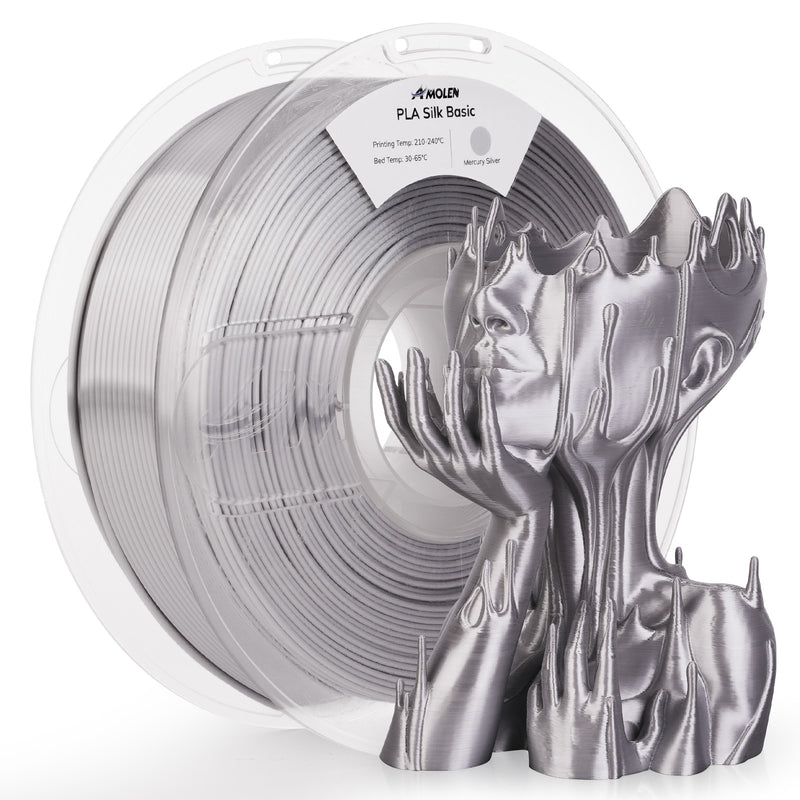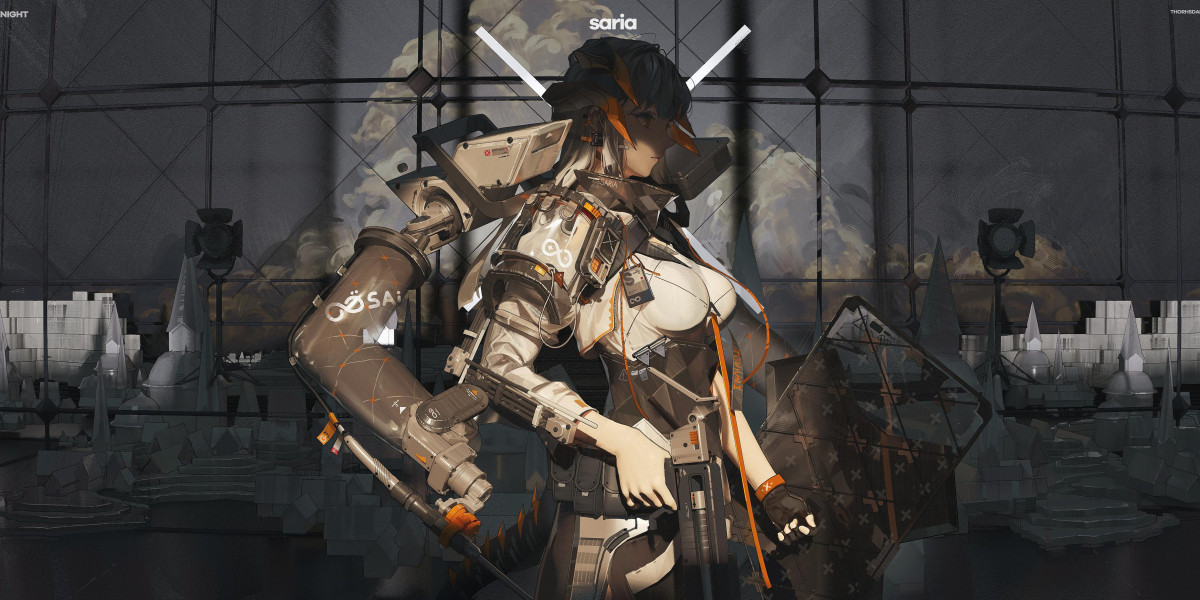Unlock Your Creativity: Discover the Ultimate PLA Filament Choices!
In the world of 3D printing, the choice of filament can make all the difference between a successful project and a frustrating one. PLA filament, or Polylactic Acid, has emerged as a favorite among both novice and experienced 3D printing enthusiasts. Its ease of use, vibrant color palette, and environmentally friendly properties make it a standout option for a variety of projects. This article aims to guide you through the diverse options available in PLA filament, helping you compare and choose the right one for your creative endeavors. With the right filament, the possibilities are endless—from intricate models to functional prototypes, the only limit is your imagination.

Understanding PLA Filament
PLA filament is a biodegradable thermoplastic derived from renewable resources like cornstarch or sugarcane. Its popularity among 3D printing fans stems from its user-friendly nature; it prints at relatively low temperatures, typically around 190°C to 220°C, making it compatible with a wide range of printers. One of the unique features of PLA is its ability to produce vibrant colors and a smooth finish, which is particularly appealing for artistic projects. Additionally, PLA is odorless during printing, which is a significant advantage for those who may be sensitive to fumes. Friends of mine who have taken up 3D printing often rave about how easy it is to work with PLA, especially when creating detailed sculptures or prototypes. Its biodegradable characteristic also resonates deeply with environmentally conscious users, allowing for guilt-free creativity.
Factors to Consider When Choosing PLA Filament
When selecting PLA filament, several key factors should guide your decision. First, consider the color options available; many brands offer a wide spectrum of colors, including neon and pastel shades, as well as specialty finishes. Next, diameter compatibility is crucial—most printers require either 1.75mm or 2.85mm filament, so it’s essential to check your printer’s specifications before purchasing. Another important aspect is the printing temperature; while most standard PLA works well at the typical range, some advanced types like PLA+ might require slightly higher temperatures for optimal results. Additionally, your project’s intended use should influence your choice. For instance, if you’re creating items that will be subjected to stress, opting for a more robust variant like PLA+ could be beneficial. A friend of mine once learned this lesson the hard way when a delicate PLA model shattered during assembly, prompting him to research more durable alternatives for his next project.
Comparing Different PLA Filament Options
As the market for PLA filament expands, various types have emerged, each catering to specific needs and preferences. Standard PLA is excellent for general use, providing reliable and consistent results. Then there’s PLA+, which offers enhanced strength and flexibility, making it ideal for functional parts or items that require durability. Specialty filaments have also gained popularity; for instance, glow-in-the-dark PLA adds an element of fun and creativity to projects, perfect for toys or decorative items, while silk PLA produces a shiny finish that mimics the appearance of silk fabric, offering an elegant touch to artistic prints. Each type has unique features that can enhance your projects in different ways. A close friend of mine once created a stunning silk PLA vase that turned heads at a local art show, proving that the right filament can elevate an ordinary project into something extraordinary.
Where to Purchase PLA Filament
When it comes to purchasing PLA filament, you have several options at your disposal. Local craft stores often carry a selection of 3D printing materials, allowing you to see and feel the filament before buying. However, for a wider variety, online retailers are your best bet. Many specialized websites offer extensive ranges of PLA filament, including unique colors and specialty types. Community marketplaces can also be a great source, as you might find local sellers with quality filament at competitive prices. Regardless of where you choose to buy, it’s essential to check reviews and community feedback before making a purchase. This way, you can ensure that you’re investing in quality filament that meets your needs. A friend of mine always swears by checking online forums for recommendations before trying a new supplier, which has saved him from disappointing purchases in the past.
Making Informed Choices for Your 3D Printing Projects
In summary, choosing the right PLA filament can greatly enhance your 3D printing projects, allowing you to unleash your creativity to its fullest potential. By understanding the properties of PLA, considering factors like color and compatibility, comparing different types of filament, and knowing where to purchase, you can make informed decisions that lead to successful outcomes. Whether you’re crafting detailed models, functional prototypes, or artistic pieces, the right filament can significantly impact your project's success. So, take the time to explore the various PLA filament options available, and let your imagination run wild in the world of 3D printing!








